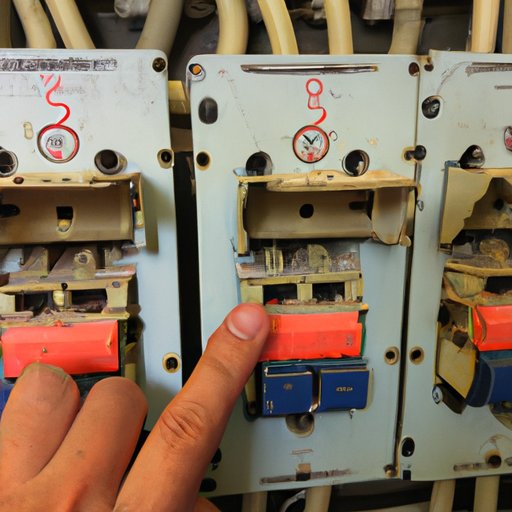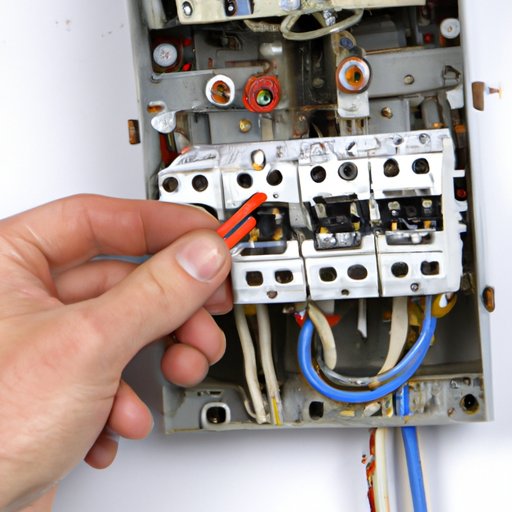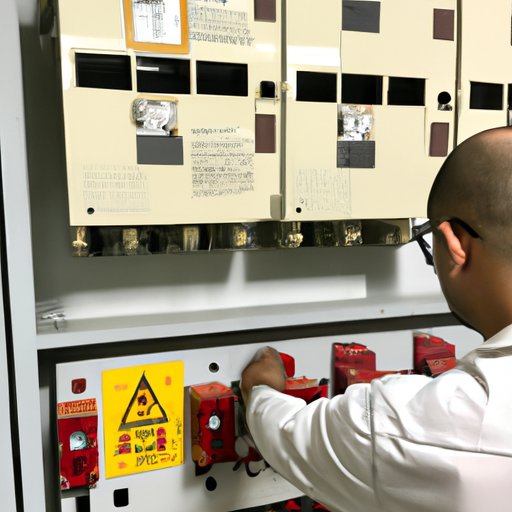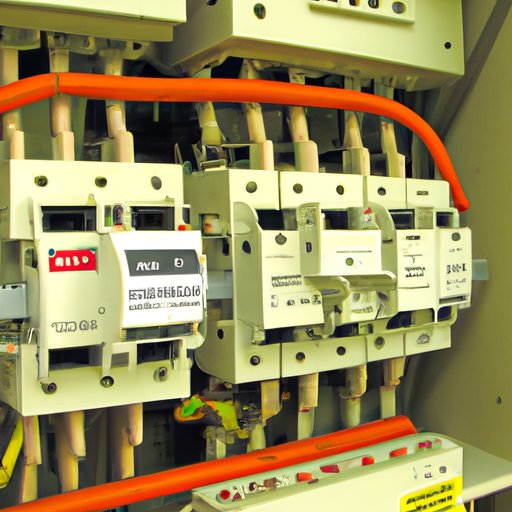Introduction
Circuit breakers are an important part of any home’s electrical system, providing protection against overloads and short circuits. When a circuit breaker trips, it means that there is too much electricity running through the circuit, and the breaker has shut off the power to protect the wiring and appliances in your home.
Understanding why a circuit breaker trips is essential for avoiding further damage to your home’s electrical system. In this article, we’ll explore the common causes of circuit breaker tripping, as well as tips for troubleshooting and resetting a tripped circuit breaker, preventing future trips, replacing a breaker, and taking safety precautions when working with circuit breakers.
Tips for Troubleshooting and Resetting a Tripped Circuit Breaker
The first step in troubleshooting a tripped circuit breaker is to identify the cause of the trip. To do this, you will need to look for signs such as sparks or smoke, or for any appliance that may have been drawing too much power. Once you have identified the cause, you can take steps to address it.
Once you have identified the cause of the trip, you can reset the breaker. To do this, simply switch the circuit breaker off and then back on again. If the breaker trips again, you should not attempt to reset it again without first addressing the underlying issue.

How to Prevent a Circuit Breaker from Tripping
To help prevent a circuit breaker from tripping, there are a few simple steps you can take. First, make sure to regularly inspect your home’s electrical wiring for any loose connections or frayed wires. Additionally, it’s important to ensure proper load distribution by connecting multiple appliances to different circuits, rather than all of them to one circuit. Finally, be sure to avoid overloading circuits by not plugging in more devices than the circuit can handle.

What to Do When Replacing a Circuit Breaker
If you need to replace a circuit breaker, the first step is to choose the right size. You should always use a breaker that matches the amperage rating of your home’s electrical system. Once you have chosen the correct size, you should install the new breaker correctly, following all instructions provided.

Safety Precautions to Take with Circuit Breakers
When working with circuit breakers, it’s important to take safety precautions to protect yourself and your home. Before beginning any work, make sure to wear protective gear such as goggles, gloves, and non-conductive shoes. Additionally, avoid working with wet hands and disconnect power before servicing any equipment.
Conclusion
Circuit breakers are an important part of any home’s electrical system, providing protection against overloads and short circuits. When a circuit breaker trips, it means that there is too much electricity running through the circuit, and the breaker has shut off the power to protect the wiring and appliances in your home. It’s important to understand the common causes of circuit breaker tripping, as well as how to troubleshoot and reset the breaker, prevent future trips, replace a breaker, and take safety precautions when working with circuit breakers.
(Note: Is this article not meeting your expectations? Do you have knowledge or insights to share? Unlock new opportunities and expand your reach by joining our authors team. Click Registration to join us and share your expertise with our readers.)
